I have been competing on and off in sim racing esports since before the term ‘esports’ was even used. Following a four-year hiatus studying at university and working in a sim centre, I returned to the scene in early 2020 and was taken aback by how far hardware had advanced during that period.
My team-mates, who were challenging at the highest level, mostly had direct drive (DD) wheelbases at home, the likes of which I had only seen at my workplace. And not only was it now possible to get hold of DD technology at home… There were many options to choose from.
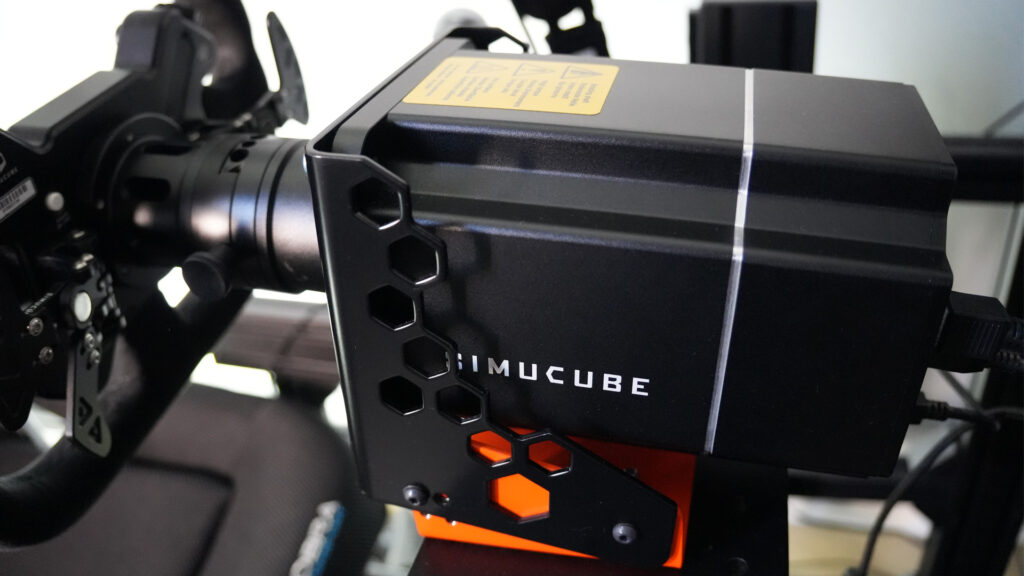
“Which DD base should I go for?” would be the question presented to them, over and over again. “Simucube, 100%” would always be the reply.
Since getting my hands on a Simucube 2 Pro base five months ago, I now understand why Simucube was always the experts’ top recommendation.
Shifting Tides
With 25 Nm of peak torque and priced at £1240 / €1504.75 / $1379 for the base alone, the Pro sits in the middle of the PC-only Simucube 2 range. Either side of this lies the 17Nm Sport at £1048.56, and the 32Nm Ultimate at an eye-watering £2,809.52.
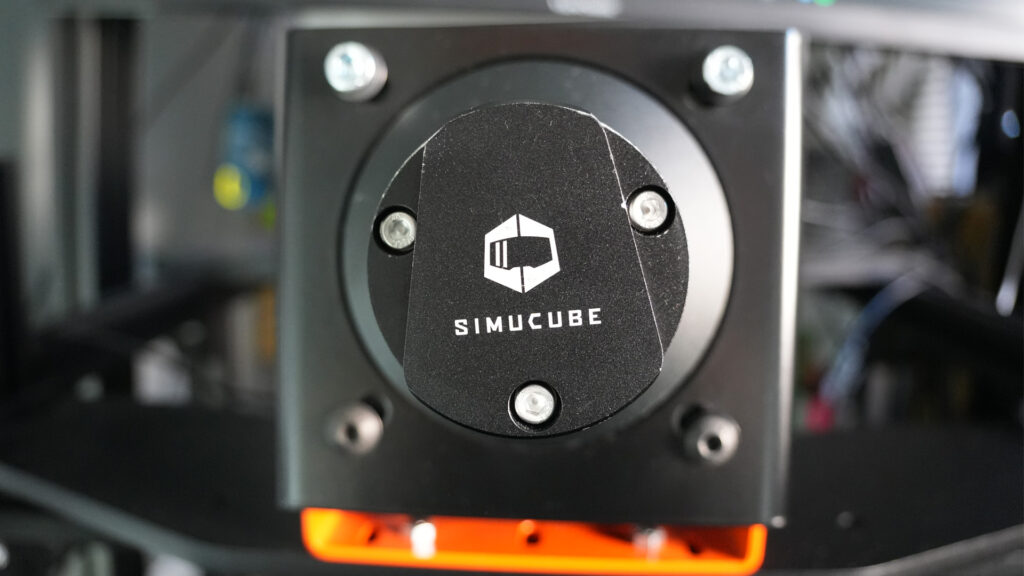
But despite being less than half the price of the Ultimate, the Pro still lines up amongst its competitors as a ‘high-end’ DD option, seen as the destination at the end of a sim racers’ money-sapping upgrade path.
Fanatec has discontinued its 25Nm Podium DD2, focusing purely on mid and entry-level direct drive alternatives, while the likes of Moza and Simagic offer slightly less overall torque in their respective top-of-the-range bases than Simucube’s 2 Pro, for a lower price.
It is clear that as other manufacturers scramble to produce relatively affordable DD alternatives with less oomph, Simucube has set out its stall at the finish line, the launch of its force feedback active pedal indicative of doubling down.
Still Got It
The truth is, the 2 Pro has been around for a long time; nearly six years at this point. And as technology moves on, you would expect anyone caught standing still to be falling behind the competition. But out of the box in late 2024, this base performs like it was optimised yesterday.
With instantaneous detail and controlled power, the feedback carries a level of conviction I have seldom experienced before.
With so much competition and overall quality, direct drive technology is now at the stage where it becomes difficult to convey the nuanced differences with words, you almost have to use feelings. And this feels clean and purposeful to an unmatched level based on personal experience.
My first race with new hardware did not feel like the learning exercise I’d have expected, it just felt natural without any real adjustment period.
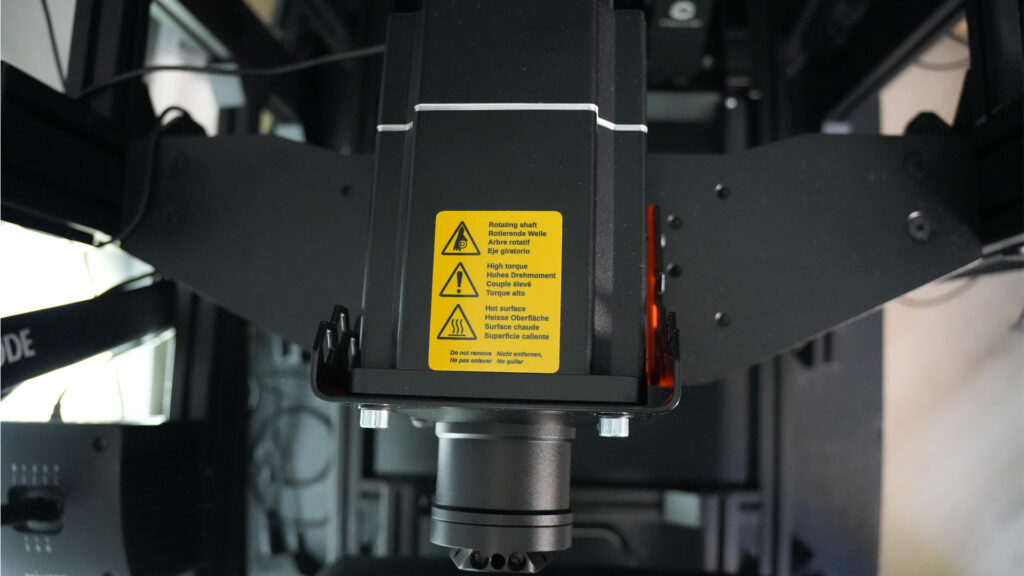
The Software
I think a big part of that comes from the software. As is standard with products like these, Simucube has its proprietary True Drive software, allowing the user to customise various aspects of the feedback delivery.
These options range from output power scaling to specific feedback effects and filters, which can be fine-tuned to suit personal preference. But I feel the key element here is how the profile system works, allowing you to make the most of these available adjustments.
You can store numerous profile presets that can be independently adjusted and renamed to reflect their purpose. But not only can these be stored locally… Online functionality allows users to make their profiles publicly available with notes, filters and a tagging system.
If you are someone who finds the wealth of feedback settings overwhelming at first, it is very easy to download a highly-rated online profile for the game you are playing. In this scenario, someone has done the hard work for you and you can add their profile to your offline profile list to tweak as you like.
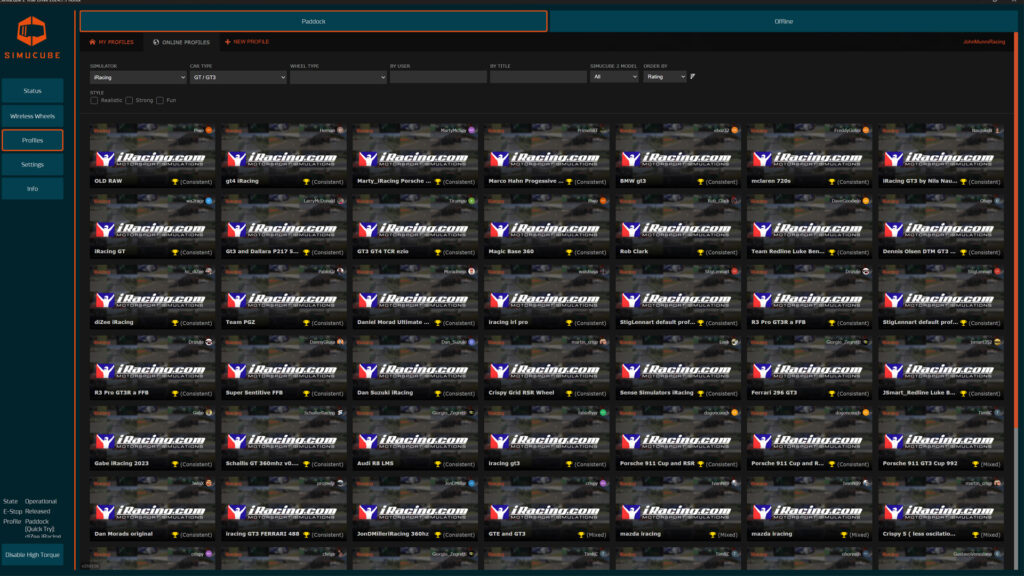
This system works superbly, as I have been able to try out various existing profiles, pick my favourites for each racing sim independently (even for various car types within a certain sim), and then fine-tune the adjustments to personalise them.
It really does emphasise just how different everyone’s personal preferences are with FFB. One highly rated profile can feel vastly different from another, and there is no right or wrong way to go about it.
Whenever I discovered something I did not like in the feedback, whether that be excess roughness over kerbs in Le Mans Ultimate, or an unnatural core rattle and vibration on the original Assetto Corsa, I could simply activate an alternative preset and make a mental note of the key changes.
Very quickly, I learnt which settings caused the unwanted effect, and I had a new preset saved that never needed to be touched again.
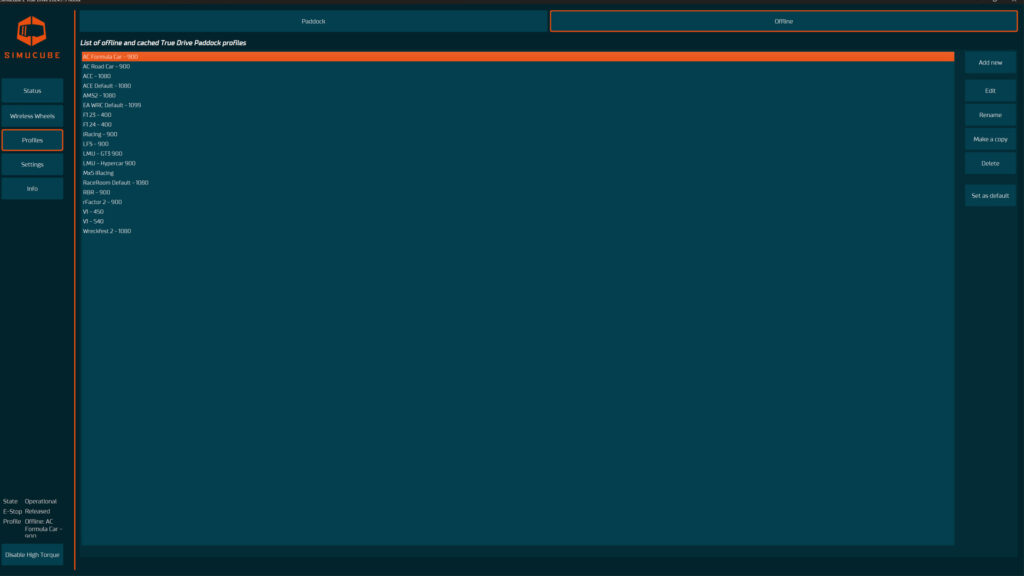
All I know is that now, every time I go to launch a particular game, it just takes one click on my required profile, and I am ready to go with refined, personally tailored settings. True Drive makes this process easy enough to justify using it every time, and the significance of this should not be underestimated.
These settings include overall strength (which I barely stretch beyond 50%), adjustable steering range and the usual abundance of filters, both normal and advanced. You can adjust damping, friction, inertia, slew rate and centering forces, to name just a handful, and each of these has a description in the user manual, helping you understand what it does without the need for trial and error.

What Else Should You Know?
Performance aside, what else is there to discuss with this wheelbase?
Firstly, the mounting and setting up process was relatively straightforward, although these things are seldom pain-free. The user guide available to everyone through the Simucube website details a pair of mounting solutions, one of which utilises an existing front mount bracket that you may already have on your sim.
If you do not have this, you will likely need to buy a Simucube mounting bracket separately, which adds to the overall cost. This bracket allows for easy angle adjustment, and more importantly, allows you to mount the base to an existing horizontal deck mounting plate.
Just make sure that the hole pattern and mounting dimensions (available via the Simucube Mount product page) line up with your own deck mount.

The base itself weighs in at over 11KG, so it may be worth calling a friend to help you with the mounting process, as getting it on the bracket can be awkward with two or fewer hands. As I have no friends, I struggled with it solo, but did manage to get things secure with a bit of elbow balancing and a few scrapes and bangs along the way.
Thankfully, a few knocks here and there do not seem to phase this wheelbase, as after five months of relatively heavy usage, I have nothing concerning to write home about on the reliability front.
Everything appears to be of a high-quality standard, much like every other Simucube product I have experienced. The Finnish company builds things strong!
This was one of the main selling points I would hear from my team-mates back in the day too; they never reported any issues.
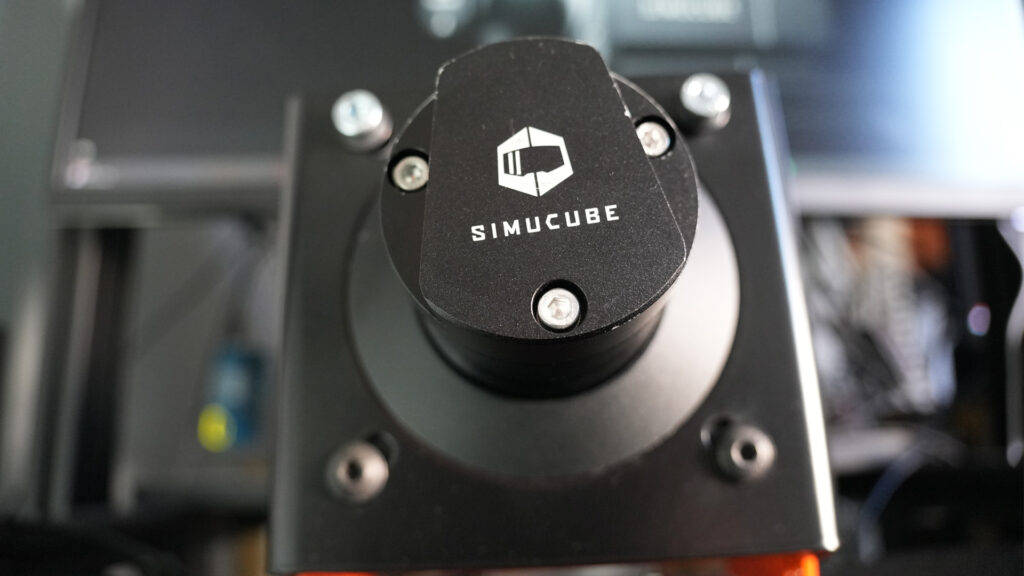
Should You Buy One?
So am I now one of those people? Would I recommend the Simucube 2 Pro to my sim racing friends and colleagues? For anyone taking the hobby seriously and looking for an end-game level upgrade, it’s a categorical yes.
I have only experienced one other wheelbase that gives me the same ‘this is all I could imagine wanting’ feeling, and that was a prototype Sim-Lab product that doesn’t technically exist yet. Of those I have tried, this is the best all-round experience so far.
That doesn’t mean, however, that everyone should buy one. Mid-range DD bases from the likes of Simagic with its Alpha, and Thrustmaster’s T818, perform incredibly well for their price point, which is significantly lower than that of the 2 Pro.
But if you are prepared to spend that bit more for something lacking any tangible compromise, you won’t be disappointed with the Simucube 2 Pro.
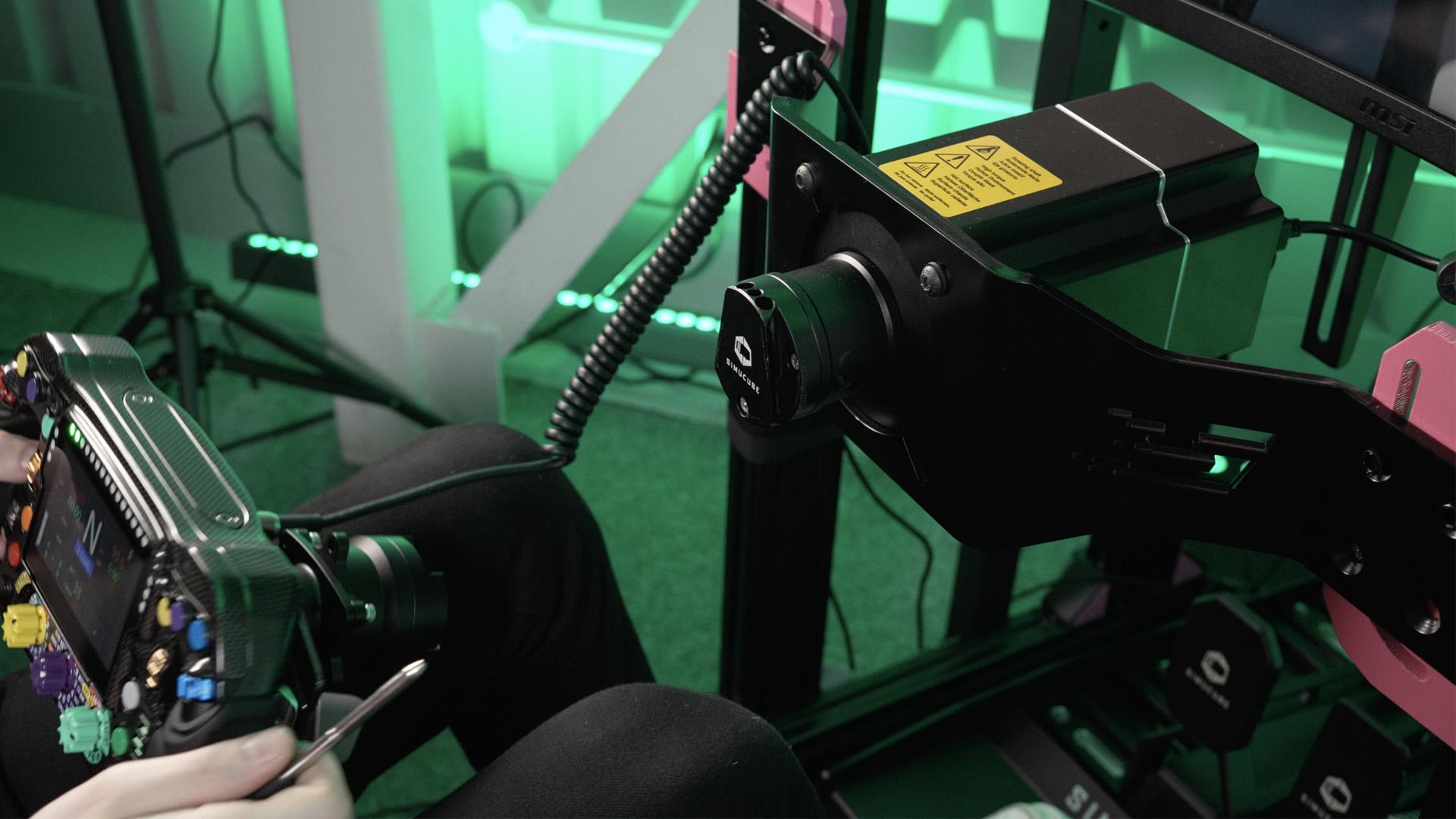




Chat with the Community
Sign Up To CommentIt's completely Free